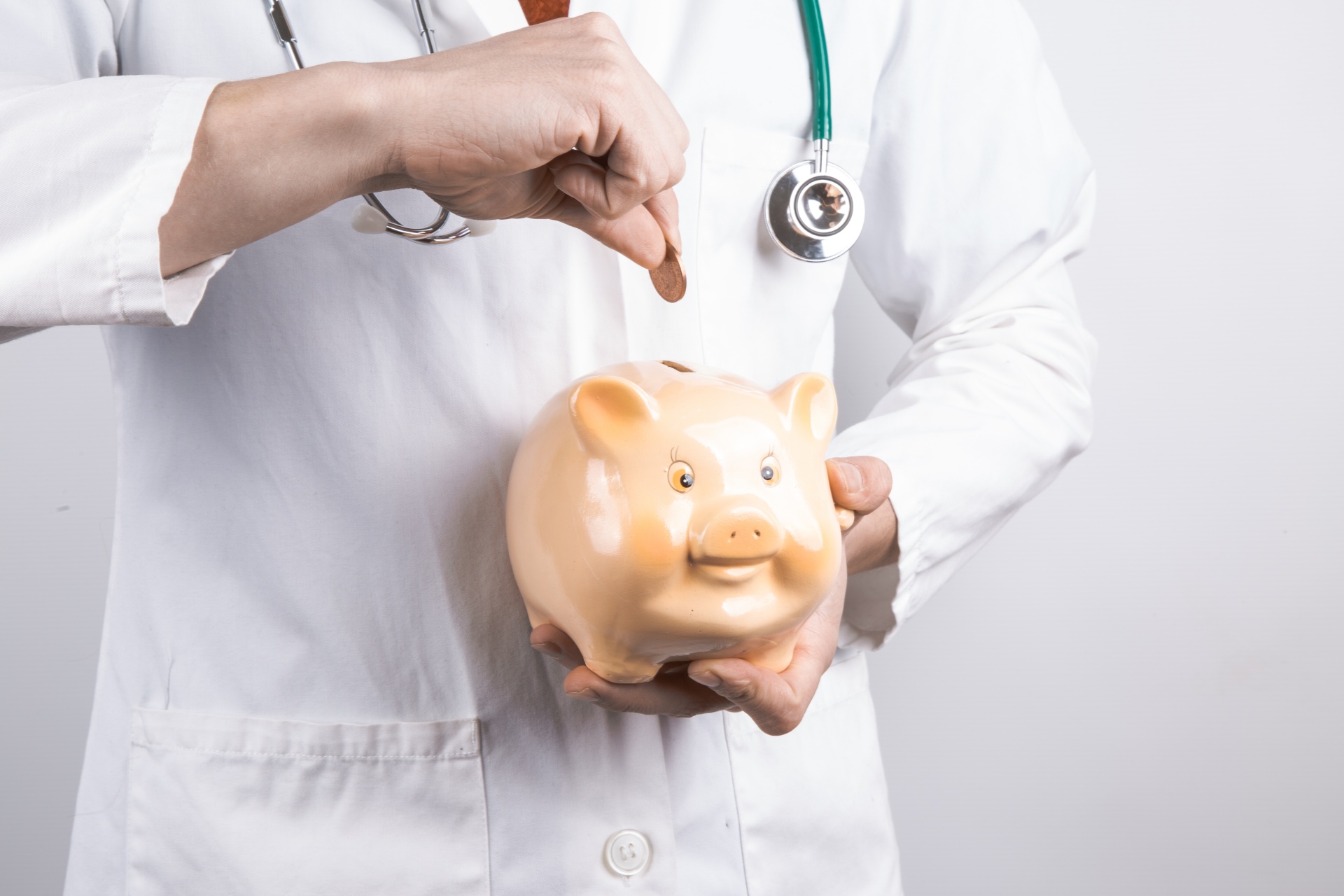The authority analysed bills from three unnamed private hospitals, said MRPs are a result of market distortion
That drug MRPs are a form of legal fraud perpetrated by the pharmaceutical industry on unsuspecting patients, has long been suspected but the country’s apex drug regulator on Tuesday came out with an analysis that showed exorbitant profit margins – sometimes above 2000% on drugs and consumables charged by private hospitals. The regulator also flagged the questionable business practices but stopped short of offering a remedy.
“Institutional bulk purchases by private hospitals, which in most cases keep a pharmacy of its own, makes it easier for them to get very high profit margins and indulge into profiteering on drugs and devices even without need to violate the MRPs which is already enough inflated. Industry, in order to get bulk supply orders is in a way ‘forced’ to print higher MRPs as per the ‘market requirements’. This is a clear case of market distortion where manufacturers after accounting for their profits print inflated MRPs to meet out the demands of a distorted trade channel without getting any benefits from this ‘artificial inflation’ and patients have to incur huge out of pocket expenditure in hospitalisation cases and also otherwise where they are not allowed to buy drugs from outside or go by the physician’s branded prescription,” the authority noted in an office memorandum dated February 20.
an IV infusion set that has a printed MRP of Rs 115, the margin on procurement price was 1271% and the margin on price to the distributor was 2112%. For a suction catheter with an MRP of Rs 58, there was a 713% margin on the procurement price
The analysis, according to the National Pharmaceutical Pricing Authority (NPPA) is based on prices and bills submitted by three private hospitals but the hospitals were not named. It is a followup exercise to the price analysis at Fortis Hospital Gurugram where the family of a 7-year-old dengue patient who died was billed Rs 15 lakh raising a furore about the business practices of private hospitals.
The memorandum also observed that hospitals and doctors prefer drugs that are not under price control which is borne out by the fact that as much as a quarter of the bill amounts was for these drugs. The idea, the authority wrote in the memorandum, is to claim higher margins.
The analysis showed that for an IV infusion set that has a printed MRP of Rs 115, the margin on procurement price was 1271% and the margin on price to the distributor was 2112%. For a suction catheter with an MRP of Rs 58, there was a 713% margin on the procurement price. For a three way stop cock priced at Rs 106 there was a 1737% margin on procurement. An oxygen face mask that costs Rs 230, came with a markup of 770% ans surgical gloves which had an MRP of Rs 75 were actually prices at a margin of 661% on the procurement price.


